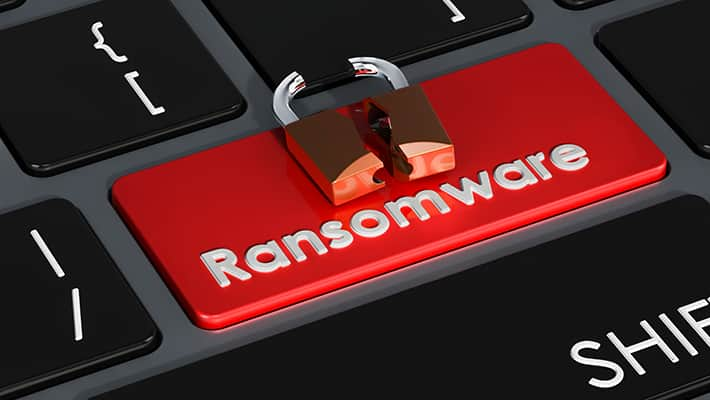Ransomware encrypts data on your computer, network server, or cloud storage. It then asks for a ransom, usually in cryptocurrency like Bitcoin, to decrypt the data.
Although ransomware attacks are increasing in popularity, there are ways to avoid them. Keeping all programs updated and creating backups are essential.
Identifying a Ransomware Attack
So, what is ransomware based on? The most common type of ransomware is malware that encrypts files on your computer. It then demands money to unlock the encrypted data. This can paralyze operations until the victim pays the ransom fee.
Recognizing these threats to prevent them from affecting your business is essential. If you don’t, you could be left without access to critical information or even shut down entirely.
One way to protect against ransomware is by ensuring that you keep your system updated. Not only does this help to ensure that you have the latest operating software available, but it also helps to eliminate vulnerabilities.
You should back up all essential data to an external hard drive or cloud. This will help minimize the damage of a ransomware attack and allow you to restore your files if an infection is detected.
To further secure your systems, use strong passwords that are challenging to guess. It’s also recommended to implement multi-factor authentication.
As soon as you suspect that you may have a ransomware infection, run an anti-virus scan to remove the virus and then reboot your PC in safe mode. Use a specialized ransomware removal tool if your anti-virus cannot find and neutralize the malware.
Detecting a Ransomware Attack
Ransomware is a growing threat, and protecting yourself from it is essential. The first step is detecting a ransomware attack before data gets encrypted. Once seen, you can implement a backup strategy and create a thorough recovery plan.
One of the most common techniques used to detect ransomware is signature-based detection. This involves comparing active files to a library of malware signatures. However, this can be ineffective as malware evolves, and cybercriminals may create fresh copies with new signatures.
Another way to detect a ransomware attack is by looking at network traffic. This includes the volume and timing of incoming and outgoing traffic, as well as the presence of suspicious software connecting to shady file-sharing sites.
In addition, security teams should check for unusual commands, environment mapping, and privilege elevation. Many malware programs use APIs in an operating system to map out their surroundings before executing. These actions can be a warning sign that the ransomware is running in a virtual machine (VM).
Organizations need to segment networks to restrict lateral movement to detect attacks better. This is especially important regarding pipeline OT networks, which can have many logical connections between systems.
Restoring Data
You must have a good backup and recovery plan to restore data from a ransomware attack. It must bring mission-critical systems back online and include everything necessary for business functions.
Sometimes, you can recover files encrypted by ransomware using system restore points. This process can be done manually or with the help of a digital forensics expert.
Another option is to pay the attackers a ransom for the decryption key. There are better ideas than this, however. Not only does it encourage criminals to target more victims, but it can also lead to hefty fines.
You can also restore the encrypted data by using a backup you created. This is a partial solution, but it can be beneficial.
A backup of the infected device or system is essential for data recovery, especially regarding sensitive financial information and confidential documents. Additionally, you should make sure that any directly attached or network-attached storage is protected by anti-malware.
In addition to ensuring that all devices are backed up and secure, you should also conduct a risk assessment of the data on those devices. This will allow you to determine how much productivity you can afford to lose during a backup restoration.
Decrypting Data
Ransomware encrypts your files on local storage and networked computers, making them inaccessible without paying a ransom to the attacker. Typically, the malware demands a fee in bitcoin for the decryption key, which is then used to restore access.
While there are several ways to mitigate a ransomware attack, the most important thing is to stop it in its tracks immediately. This can include implementing a multi-layered approach to network segmentation to minimize lateral movement and block ransomware from communicating with other machines and cloud instances.
This can prevent the spread of ransomware across a network by preventing it from connecting to other endpoints, cloud accounts, and shared drives. It also reduces the threat of a ransomware attack affecting other organizations.
Ensure backups of all data on your network, external hard drives, and cloud accounts are maintained. Backing up is crucial in reducing the risk of a ransomware attack because it allows you to restore files from a previous time.
After the infection has been contained, report the ransomware to authorities. This will help law enforcement identify the source of the attack and bring it to justice. It will also help you avoid re-infecting your system with the same malware.

